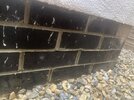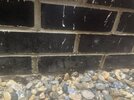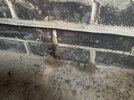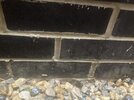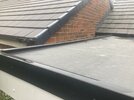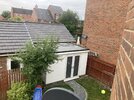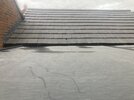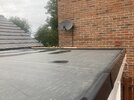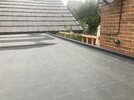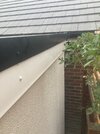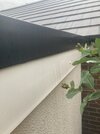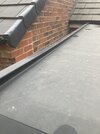We had a “shed” built last year; base is concrete and then 4 courses of blue engineering bricks, followed by concrete blocks covered with render.
The shed leaks near the bottom through some of the engineering bricks, the water stains the floor but you can see the damp on the mortar. The roof is flat (rubber) and I identified that rain water was coming off the sides rather than flowing to the gutter at the back (problem 1).
The builder thought that the leak could be a combination of the water coming off the side of the roof and a small overhang from the base. He still sawed off the overhang today. When I cleaned off the dust from render and bricks the leak has happened still.
I’ve had a few issues with this builder and want to be clued up when I talk to him. I suppose fixing the roof might stop some of the water getting to these bricks but my suspicion is there is something up with the mortar and would be more comfortable if that were done.
Any views please?
Thanks
Paul.
The shed leaks near the bottom through some of the engineering bricks, the water stains the floor but you can see the damp on the mortar. The roof is flat (rubber) and I identified that rain water was coming off the sides rather than flowing to the gutter at the back (problem 1).
The builder thought that the leak could be a combination of the water coming off the side of the roof and a small overhang from the base. He still sawed off the overhang today. When I cleaned off the dust from render and bricks the leak has happened still.
I’ve had a few issues with this builder and want to be clued up when I talk to him. I suppose fixing the roof might stop some of the water getting to these bricks but my suspicion is there is something up with the mortar and would be more comfortable if that were done.
Any views please?
Thanks
Paul.


